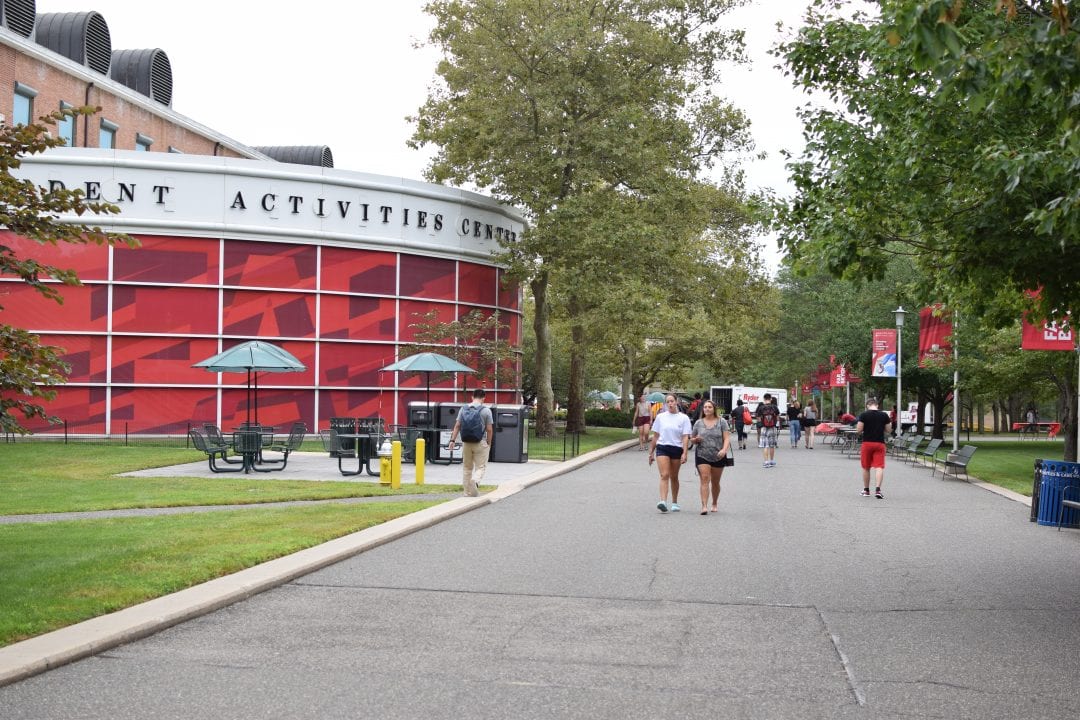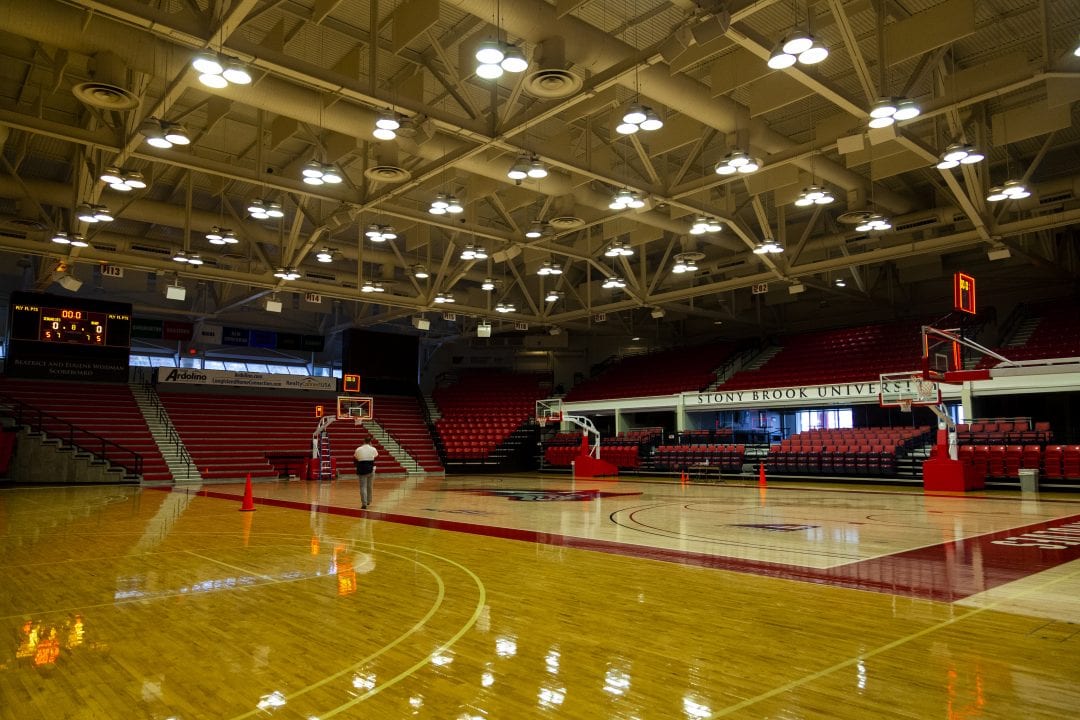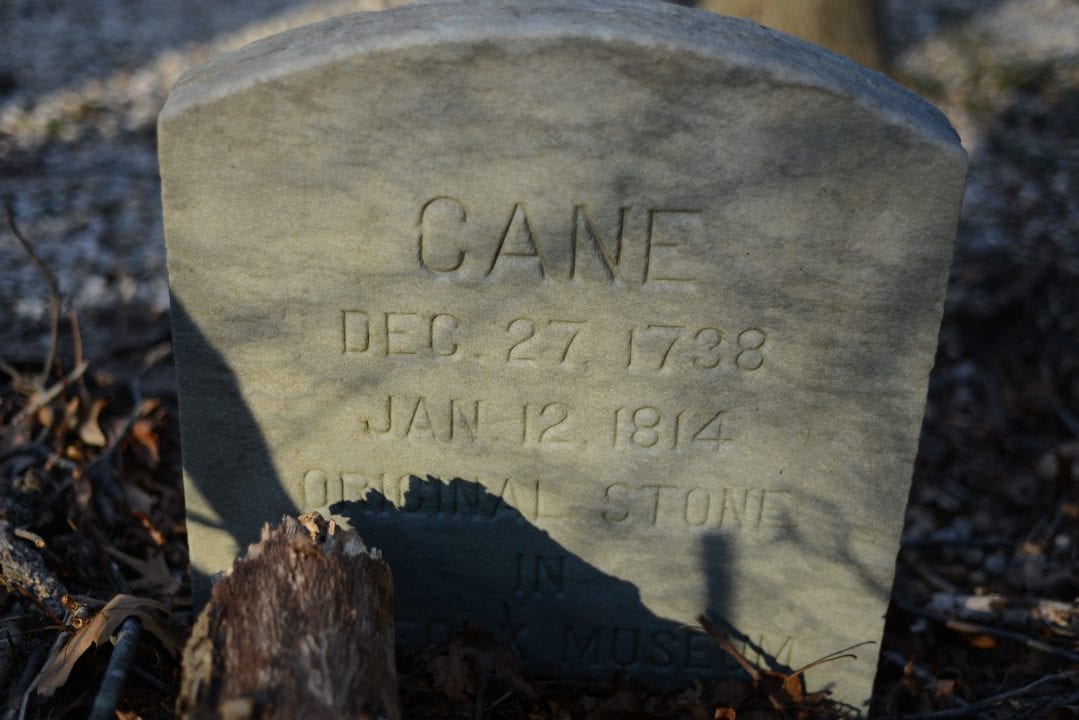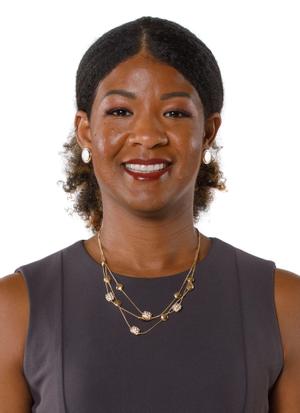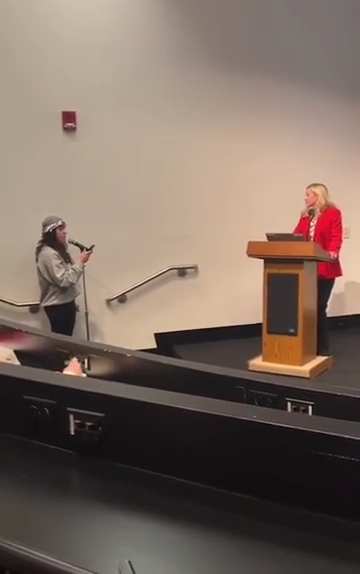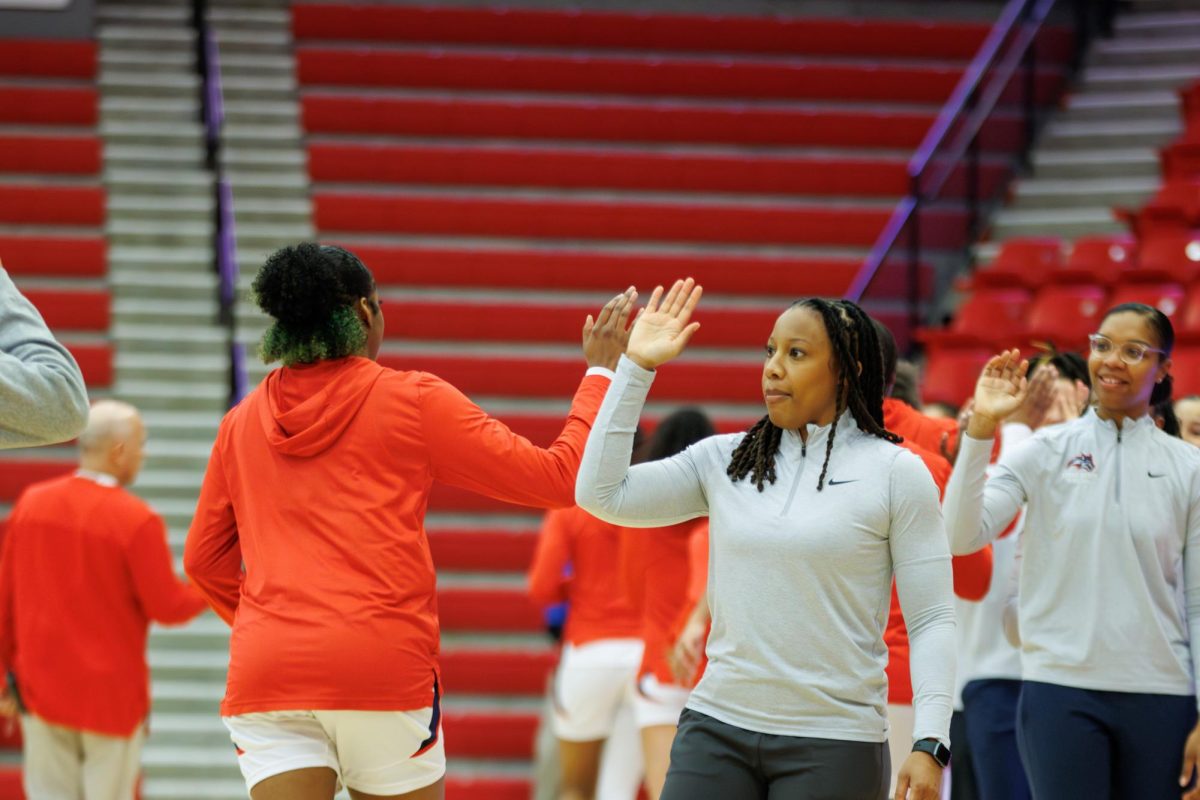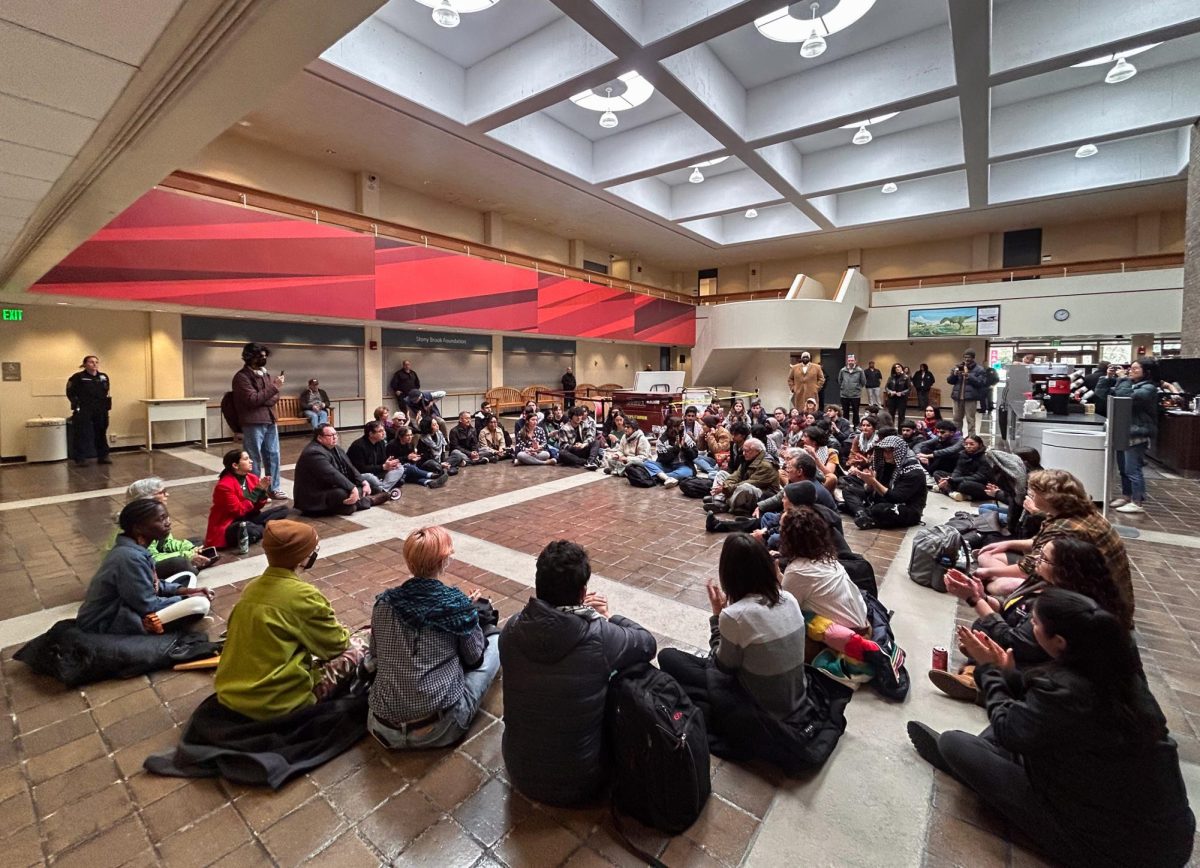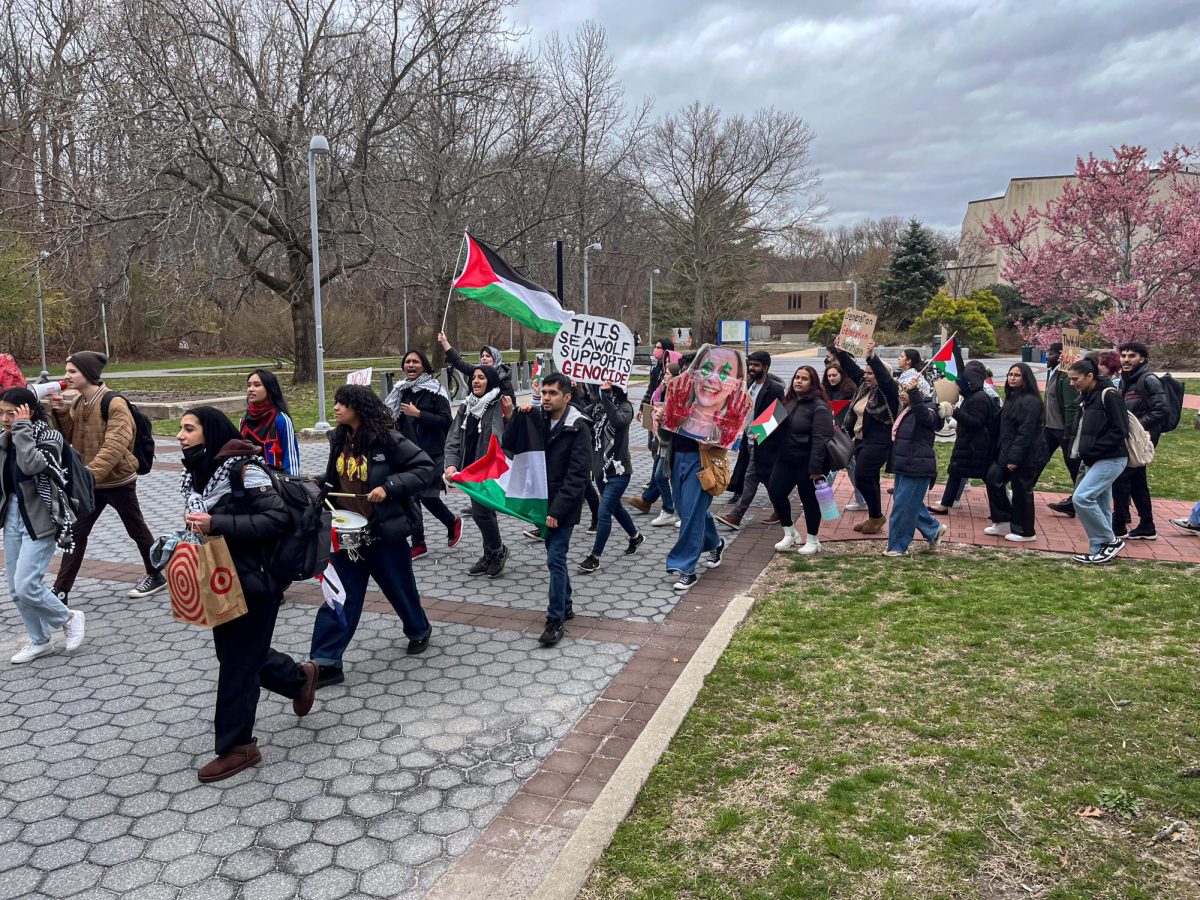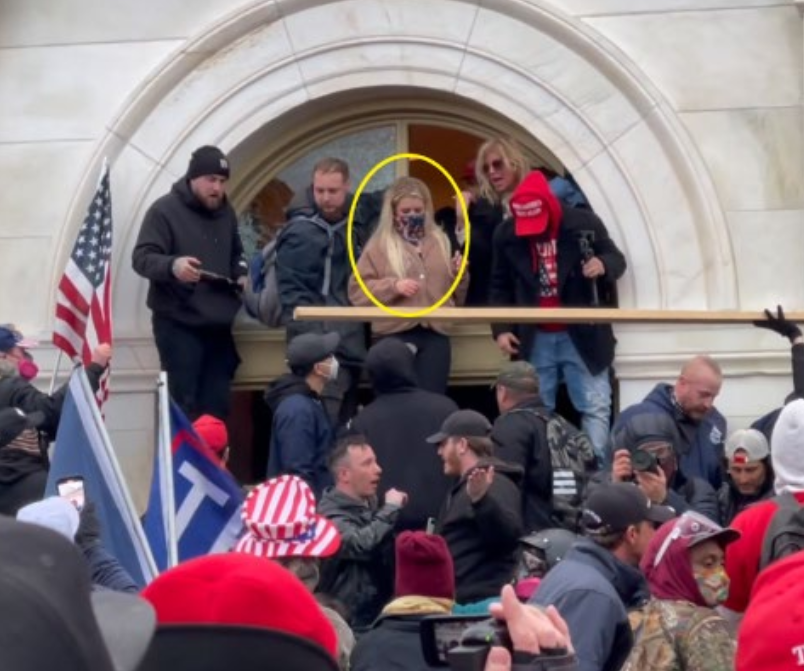WASHINGTON – Troy Simon grew up poor in New Orleans. He could not read until he was 14. But with a little help, he is now a student at Bard College in New York—and got to introduce Michelle Obama at the White House.

The first lady praised his perseverance.
“We must remember that education is a two-way bargain. And while there is so much more we must do for our kids,” she said, “the person who has the most say over whether or not a student succeeds is the student.”
Leaders of more than 100 colleges and 40 nonprofit organizations met at the Eisenhower Executive Office Building next door to the White House Jan. 16, where they announced commitments to improve college access for the next generation of students.
Universities represented at the event included community colleges that serve minority populations, elite schools such as Yale—and Stony Brook.
“This fits within the mission of Stony Brook University. We are very excited about this and are working to take the best practices we have,” Stony Brook University president Samuel L. Stanley said.
More than one-third of Stony Brook University undergraduates rely on need-based Pell grants to finance their education. To help them, Stony Brook University pledged to invest $5 million over the next five years to improve undergraduate academic support.
It will also add $1 million over four years to its Educational Opportunity Program, which recruits and supports economically disadvantaged students and invest $2.2 million in financial aid over the next two years.
Americans without college degrees experience one-third more unemployment—and receive half as much income—compared to those who do, President Barack Obama said. He called the convention a “call to action.”
“We are here for one purpose: We want to make sure more young people have the chance to earn a higher education,” Obama said. “In the 21st century economy, we all understand it’s never been more important.”
The Obama administration has already doubled the amount of federal investments in Pell Grants and college tax credits, and reformed the student loan program to lower interest rates. Still, many low-income children never make it to college—because they drop out in high school.
Obama underscored efforts to help children stay in school long enough to even consider college.
“We’ve set a goal of training 100,000 new math and science teachers over the next 10 years, and the private sector has already committed to help train 40,000,” Obama said. “Today, the high school dropout rate is the lowest it has been in 40 years—something that’s rarely advertised.”
Low-income high school graduates still face disadvantages during the college application process because they lack standardized test preparation, advanced placement opportunities and counseling. Obama cited several universities that have taken steps to help underprivileged students—including adults who missed out the first time around—pursue higher education.
The University of Minnesota is expanding financial literacy programs. Oregon Tech is pairing up students with advisers. A program in the South Bronx, called iMentor, will match 20,000 students with mentors in more than 20 states.
And Stony Brook University hopes that its initiatives will boost its four-year graduation rate to 60 percent by 2018.
“It was a great honor to have been invited to represent Stony Brook University at this groundbreaking event at the White House,” Stanley said in a press release. “We look forward to implementing the initiatives that will help us guide our disadvantaged student population through their college experience with greater academic success than ever before.”
Reach reporter Gavin Stern at [email protected] or 202-408-2735. SHFWire stories are free to any news organization that gives the reporter a byline and credits the SHFWire.







